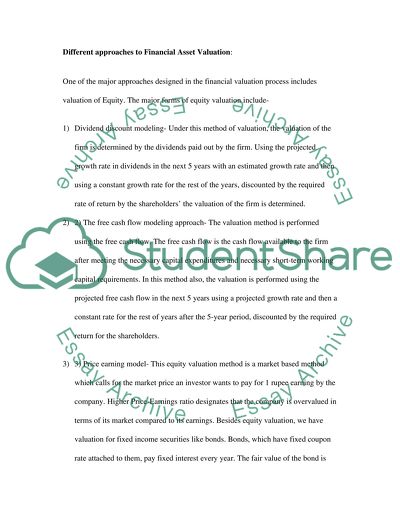Cite this document
(“Finance Assignment Example | Topics and Well Written Essays - 2250 words”, n.d.)
Retrieved from https://studentshare.org/family-consumer-science/1423165-finance
Retrieved from https://studentshare.org/family-consumer-science/1423165-finance
(Finance Assignment Example | Topics and Well Written Essays - 2250 Words)
https://studentshare.org/family-consumer-science/1423165-finance.
https://studentshare.org/family-consumer-science/1423165-finance.
“Finance Assignment Example | Topics and Well Written Essays - 2250 Words”, n.d. https://studentshare.org/family-consumer-science/1423165-finance.


